Resale Benefits and Success Metrics
May 10, 2023
Listen to my voiceover here.
I’m Cynthia, founder of Molte Volte, which is a fashion resale + reuse consultancy. We help brands and circular supply chain vendors navigate and participate in the circular economy.
I posted on LinkedIn earlier this week about resale profitability. I have more thoughts! When people say “It’s not profitable” full-stop, I often doubt that they are looking at the multi-faceted benefits of resale or that they know what to look for in the first place. I have worked with dozens of brands who have resale programs and can confidently say that only a handful of them are tracking the right success metrics for resale.
My list of resale + reuse benefits and success metrics:
Revenues- resale is a new revenue stream for every company. Remember, consumers are already purchasing preloved items on marketplaces, so these purchases if not occurring directly with a brand are occurring elsewhere. Importantly, resale has been growing quickly and that trend will continue says ThredUp. “The global secondhand apparel market is expected to grow 3X faster on average than the global apparel market overall.”
Revenue from selling aged, unsold and slightly damaged goods through this channel (instead of selling them to jobbers or destroying them). As long as brands are clear with customers about where this product is coming from.
Customer acquisition and retention— new-to-brand (usually 15-30% of resale buyers are NTB), reactivated (usually 15%-25% of sellers are reactivated) and loyal/best customers (usually LTV increases with the creation of a resale program).
Customer happiness: brands should be surveying their customers to find out how they feel about resale and reuse. In my experience, these programs build loyalty and delight customers.
Making inroads with Gen Z! We have all heard how much younger generations shop resale and that trend is expected to grow. “Gen Z and millennial consumers will account for nearly two-thirds of incremental secondhand spend as their purchasing power increases.” Vogue Business
Upspend on gift cards, when applicable. Meaning, if a brand does peer-to-peer or buy back, their customers now have gift cards that they tend to significantly upspend on (1.5-2.5x depending on price point), creating additional revenue for the brand).
Sustainability benefits— the most sustainable action any consumer can take in terms of purchasing is to buy something that already exists! ThredUp has a fun calculator to get you thinking about this.
Extended Producer Responsibility: even if this isn’t a law in the US yet (it is in the EU), there is great value in brands standing behind their product simply because they made it. They put it out into the world, so they should be responsible for it. Taking back the items they produced builds trust with customers and underlines the value of their product.
Innovation! Resale is an opportunity to build something new and exciting towards future success.
You can see resale is a multi-facted revenue, brand and customer builder.
I come back to a larger question: Do brands know why they are in resale to begin with? Maybe they implemented resale because they were told it would be profitable from day 1 and wanted to sign up solely for this reason. In this case, do they need to pause and align on what benefits they want from their resale program and how to measure them? (Yes.) Answering these questions will help create an informed opinion of what success looks like.
Recently I spoke with someone at a big brand who already has a well-developed circular program…
and it was clear to me that without an agreed-upon strategy and KPIs, circular can easily lose its direction and support. It is a new business model that can create multiple benefits to the company, but is not well understood yet how to operate and measure it. Everyone needs a consistent reminder about how it works and how to treat it until it is deeply engrained (I’d say this takes years).
I believe we will see a growing number of brands who hopped onto the resale bandwagon in the past few years (yay!), and are starting to feel unsure of the results, what to do now and where to go next. The instinct to adopt resale is correct (if you want to build brand value and delight customers), but it is not stand-alone and does not support itself. It is part of a larger brand value proposition and needs to be included in operational considerations, internal messaging and external marketing consistently.
That’s it for now- until next week,
Cynthia
PS. I’d love to know what you think about the topic or the newsletter in general- please add comments or send me an email! Feel free to send me questions you’d like me to address as well.

